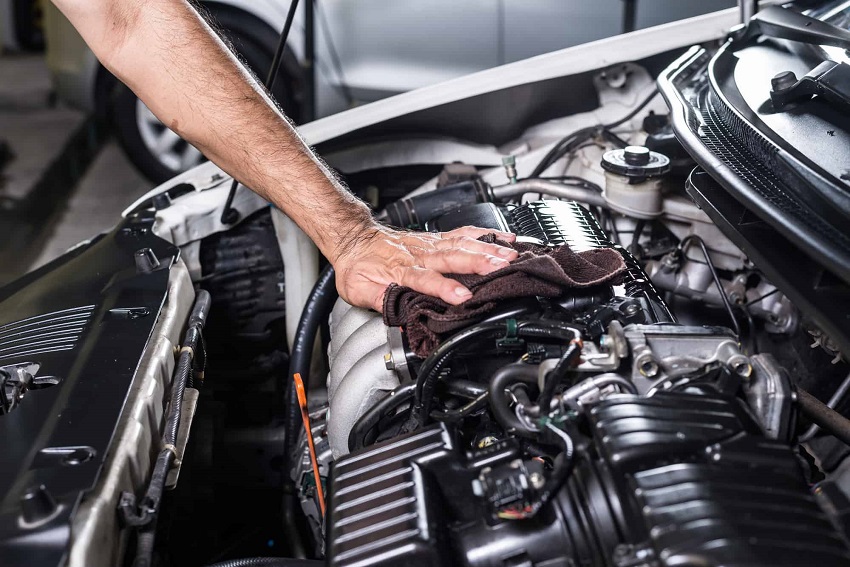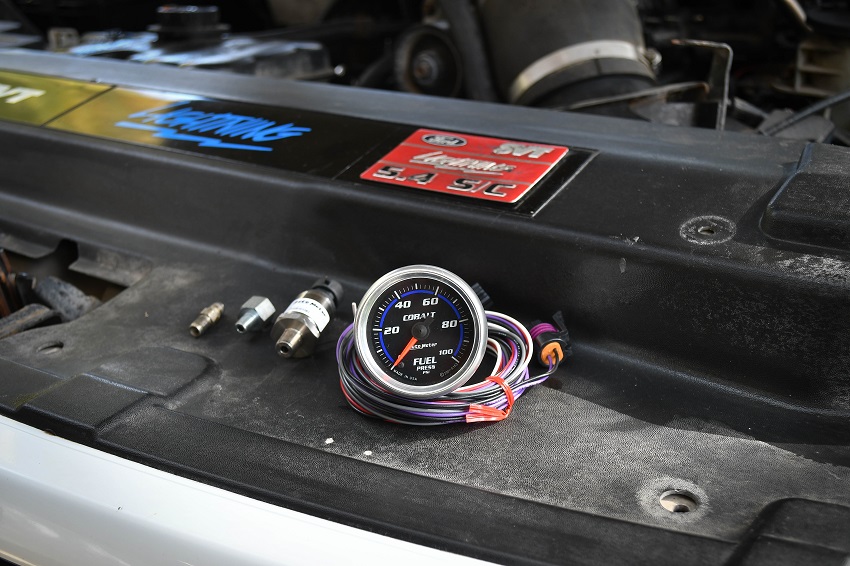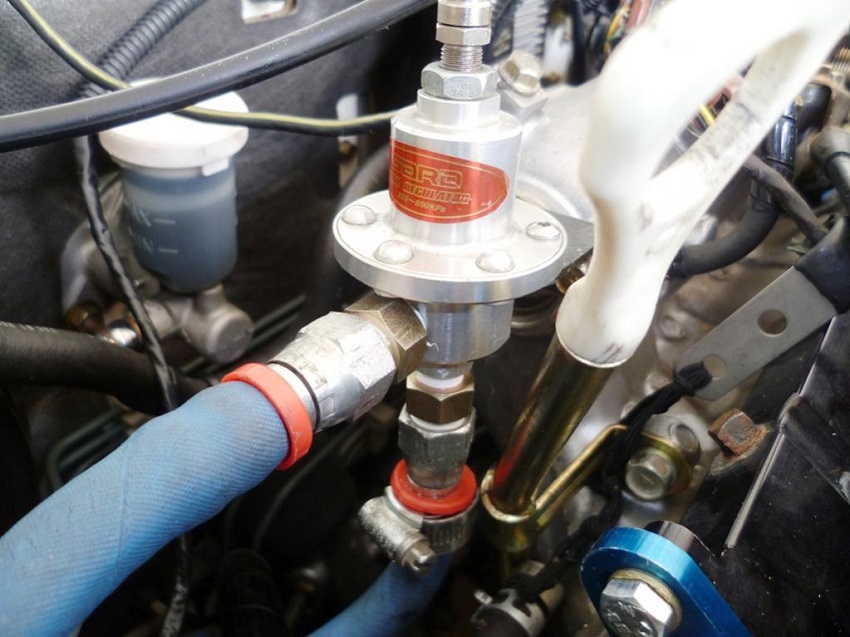Are you a car enthusiast looking to boost your vehicle’s performance? One effective way to achieve better performance is by increasing the fuel pressure in your engine. By doing so, you can enhance fuel delivery and combustion efficiency, resulting in more power and improved overall performance. In this article, we’ll guide you through the process of raising the fuel pressure using a fuel pressure regulator. So, let’s dive in and unlock the secrets of improving your car’s performance! This article is provided by tenkaichiban.com
Understanding the Fuel Pressure Regulator
Before we delve into the steps of raising fuel pressure, it’s crucial to understand what a fuel pressure regulator is and its role in the fuel system.
What is a Fuel Pressure Regulator?
A fuel pressure regulator is a vital component of the fuel system that controls the fuel pressure delivered to the engine. It ensures that the fuel pressure remains within the specified range, maintaining optimal performance and preventing any potential damage. If you’re experiencing issues with your fuel pressure regulator, such as it becoming stuck, it’s important to know how to unstick a fuel pressure regulator safely and effectively.
Types of Fuel Pressure Regulators
There are two main types of fuel pressure regulators:
Mechanical Fuel Pressure Regulators
Mechanical fuel pressure regulators use a spring-loaded diaphragm to regulate fuel pressure. They are relatively simple in design and function.
Electronic Fuel Pressure Regulators
Electronic fuel pressure regulators, on the other hand, use advanced sensors and electronic control units (ECUs) to adjust fuel pressure more precisely. They offer better control and are often found in modern vehicles with sophisticated fuel systems.
Signs Your Car Needs a Fuel Pressure Adjustment
Before you start adjusting the fuel pressure, it’s essential to identify whether your car needs it in the first place. Here are some common signs indicating that your vehicle might benefit from a fuel pressure adjustment:
1. Decreased Performance
If you notice a decline in your car’s acceleration and overall performance, it might be due to inadequate fuel pressure.
2. Poor Fuel Efficiency
A drop in fuel efficiency can also be attributed to incorrect fuel pressure, as the engine may not be receiving the right amount of fuel.
3. Engine Misfires
Engine misfires and rough idling are often signs of an imbalanced fuel-to-air ratio, which could be caused by incorrect fuel pressure.
4. Difficulty Starting the Engine
A fuel pressure issue can lead to difficulty starting the engine, especially when the car is cold.
Step-by-Step Guide to Raise Fuel Pressure
Now that you’ve identified the need to adjust your fuel pressure, let’s walk through the steps to raise it using a fuel pressure regulator.
1. Gather the Necessary Tools
Before you begin, ensure you have the required tools, including safety glasses, gloves, wrenches, and a fuel pressure gauge.
2. Locate the Fuel Pressure Regulator
The fuel pressure regulator is typically located on or near the fuel rail. Refer to your car’s service manual to find its exact location.
3. Relieve Fuel System Pressure
Before making any adjustments, it’s crucial to relieve the fuel system pressure to prevent fuel spray and potential hazards. You can do this by removing the fuel pump fuse and running the engine until it stalls.
4. Disconnect the Vacuum Hose
Many fuel pressure regulators have a vacuum hose connected to them. Detach this hose carefully.
5. Install the Fuel Pressure Gauge
Connect the fuel pressure gauge to the fuel rail or fuel pressure port.
6. Start the Engine
Start the engine and let it idle. Observe the fuel pressure reading on the gauge.
7. Adjust the Fuel Pressure
Using the appropriate wrench, turn the adjustment screw on the fuel pressure regulator to increase the fuel pressure. Refer to your car’s specifications for the correct pressure level.
8. Reconnect the Vacuum Hose
After adjusting the fuel pressure, reattach the vacuum hose to the fuel pressure regulator.
9. Double-Check the Pressure
With the engine still running, double-check the fuel pressure reading on the gauge to ensure it matches the desired level.
10. Test Drive
Go for a test drive to assess your car’s performance and ensure everything is running smoothly.
Conclusion
Raising the fuel pressure with a fuel pressure regulator can significantly improve your car’s performance. By following the step-by-step guide outlined in this article, you can effectively adjust the fuel pressure and unleash the full potential of your vehicle.
FAQs
- Is it safe to raise the fuel pressure?
Yes, it’s safe to raise the fuel pressure within the recommended limits. However, exceeding the specified range may lead to engine damage and other issues.
- Can I install a fuel pressure regulator myself?
While it’s possible to install a fuel pressure regulator yourself, it’s essential to have some mechanical knowledge and follow the manufacturer’s guidelines.
- What are the benefits of increasing fuel pressure?
Increasing fuel pressure can result in improved engine performance, better fuel efficiency, and enhanced throttle response.
- How often should I check the fuel pressure?
It’s recommended to check the fuel pressure as part of your regular vehicle maintenance routine or whenever you notice performance issues.
- Can a faulty fuel pressure regulator cause black smoke from the exhaust?
Yes, a faulty fuel pressure regulator can lead to an imbalanced fuel-to-air ratio, causing black smoke emissions from the exhaust.





